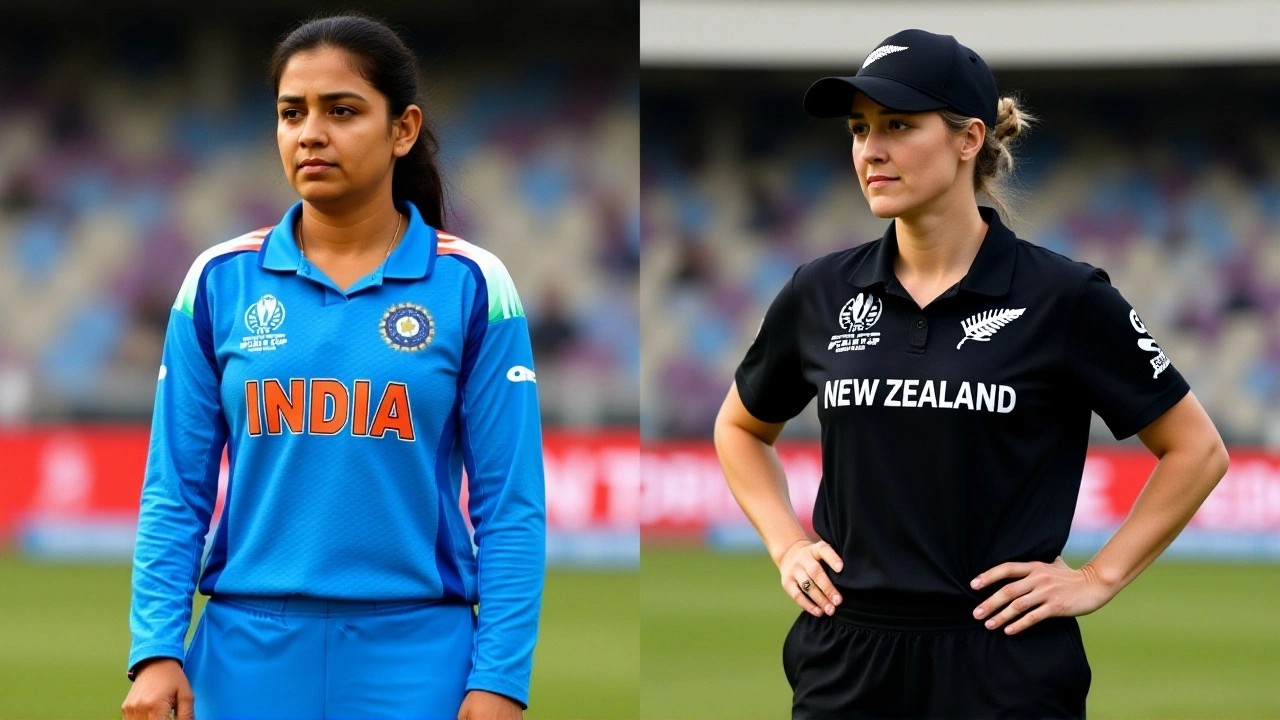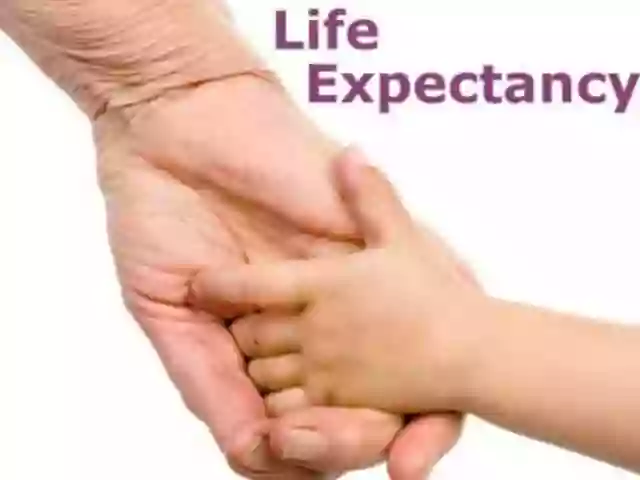India Women: Insights, Challenges, and Progress
When we talk about India Women, the diverse experiences, achievements, and hurdles faced by women across the country. Also known as Indian women, this group shapes the nation’s social, economic, and cultural fabric. Women's empowerment, the process of increasing women’s agency in personal and public life is a core driver that enables India Women to claim their rights and opportunities. Empowerment, when paired with strong policy support, creates a ripple effect that touches families, communities, and the larger economy.
Another critical pillar is Gender equality, the principle that men and women should enjoy equal rights, responsibilities, and opportunities. Gender equality influences India Women by breaking down entrenched biases in workplaces, education systems, and households. For instance, when companies adopt gender‑balanced hiring, they not only boost women’s participation in the workforce but also improve overall productivity. Likewise, legal reforms that safeguard women’s rights directly shape the daily realities of India Women, allowing them to pursue careers, leadership roles, and personal aspirations without undue barriers.
Education, Health, and the Path Forward
Education is the gateway that transforms potential into achievement. Education for women, access to quality schooling, vocational training, and higher learning for girls and adult women requires targeted scholarships, safe school environments, and community outreach. When India Women receive solid education, literacy rates rise, fertility choices shift, and income levels increase—creating a virtuous cycle that benefits entire families. Recent initiatives in rural districts show that even modest investments in school infrastructure can lift enrollment numbers dramatically, illustrating how education directly fuels empowerment.
Health outcomes complete the picture. Health of Indian women, the physical and mental well‑being of women across ages, including reproductive health, nutrition, and disease prevention is both a measure of progress and a catalyst for further development. Access to prenatal care, safe childbirth services, and mental health resources reduces mortality rates and improves quality of life. When health services are tailored to women’s specific needs, they stay in school longer and contribute more effectively to the labor market, reinforcing the empowerment loop.
These four entities—India Women, women's empowerment, gender equality, education for women, and health of Indian women—form an interconnected web. In semantic terms, India Women encompasses women’s empowerment, gender equality influences India Women, and education for women requires supportive policies. Likewise, better health outcomes enable higher participation in education and the workforce, completing the cycle of advancement.
Understanding this ecosystem helps you see why each article in our collection matters. Below, you’ll discover stories ranging from policy analysis and success stories to on‑the‑ground reports that illustrate how India Women are reshaping their society. Use this context to navigate the posts, draw connections, and find practical takeaways for your own work or interests.

Kaur Guides India Women to Semis with 53‑Run Win Over New Zealand
India Women clinch a 53‑run win over New Zealand at DY Patil Stadium, securing semi‑final spot in the 2025 ICC Women's World Cup under captain Harmanpreet Kaur.
CONTINUE READING



